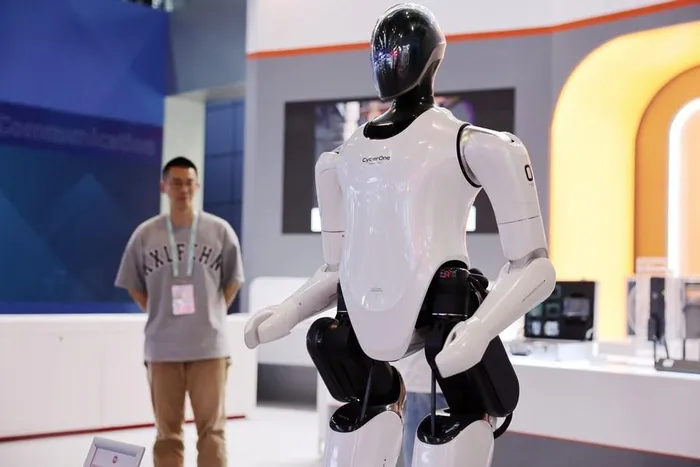Artificial intelligence is moving from experimentation to structural transformation, as organisations worldwide rewire their operations to unlock measurable value from generative AI and advanced technologies. McKinsey’s State of AI 2025 report shows that over 75% of firms now use AI in at least one function, with the greatest impact seen where leadership drives governance and workflow redesign.
Artificial intelligence is entering a new phase of maturity, marked by a global shift from experimentation to structural transformation. According to McKinsey’s State of AI 2025 survey, organisations are beginning to redesign their operations and governance frameworks to capture measurable economic value from generative AI (gen AI) and other advanced technologies. While adoption remains uneven, a clear pattern is emerging: larger companies with revenues exceeding US$500 million are leading the way, setting new standards in governance, workflow design, and talent development.
The survey reveals that more than 75% of organisations now use AI in at least one business function, with usage increasing most significantly in IT, marketing, and sales. However, McKinsey’s analysis underscores that impact is tied less to adoption rates and more to organisational rewiring. Companies that have redesigned workflows to integrate AI decision-making processes report stronger bottom-line outcomes, particularly in terms of earnings before interest and tax (EBIT). Governance has also become a defining feature of successful deployment. Firms in which the CEO personally oversees AI governance achieve notably higher performance outcomes than those where oversight is dispersed or absent. This trend highlights a growing recognition that leadership accountability and ethical management are central to sustainable AI value creation.
Risk, Governance, and the Evolving Skills Landscape
In parallel, organisations are strengthening risk mitigation mechanisms. McKinsey notes a marked increase in efforts to manage AI-related risks such as data privacy breaches, cybersecurity threats, intellectual property violations, and content inaccuracies. Risk and data governance remain the most centralised aspects of AI deployment, often managed through dedicated centres of excellence. By contrast, talent management and technology integration are typically handled through hybrid structures that balance central oversight with departmental flexibility.
The report also highlights a changing skills landscape. Organisations are hiring new specialists, including AI compliance and ethics officers, while simultaneously reskilling existing employees. Thirteen percent of surveyed firms have hired AI compliance experts, and 6% have established dedicated ethics functions. Reskilling is widespread: many organisations are preparing their workforces to operate alongside AI systems, ensuring both productivity and accountability. Interestingly, while some large organisations report headcount reductions linked to automation, most respondents anticipate little overall workforce contraction. Instead, employees are spending the time saved through automation on higher-value or newly created tasks.
From Adoption to Integration: Capturing Long-Term Gains
Despite these advances, most organisations remain in the early stages of realising enterprise-wide financial benefits. Over 80% of respondents report no significant impact on company-wide EBIT to date, suggesting that AI’s transformative potential is still unfolding. McKinsey identifies twelve adoption and scaling practices correlated with stronger outcomes, including clear performance indicators, defined implementation roadmaps, and structured internal communication strategies. Yet fewer than one in three organisations have embedded most of these practices, underscoring the gap between aspiration and operational maturity.
AI adoption continues to expand across multiple functions, with generative AI now used by 71% of surveyed organisations—up sharply from 65% the previous year. Its applications are diversifying beyond text generation to include image creation, code development, and process optimisation. Moreover, evidence of business unit–level impact is mounting. Respondents increasingly report both revenue growth and cost reductions in functions where gen AI is deployed, notably in marketing, product design, and service operations.
The findings suggest that 2025 marks a turning point in how organisations approach AI. The transition from experimentation to systemic integration is under way, characterised by new leadership models, governance structures, and workforce dynamics. While value creation remains uneven, the trajectory is clear: as organisations continue to rewire their operations, those that combine technological adoption with structural and cultural adaptation will be best positioned to capture the full potential of AI in the decade ahead.
Written By:
Cole Jackson
Lead Associate at BRICS+ Consulting Group
Chinese & Middle Eastern Specialist
** MORE ARTICLES ON OUR WEBSITE https://bricscg.com/ (https://bricscg.com/)
** Follow https://x.com/brics_daily (https://x.com/brics_daily) on X/Twitter for daily BRICS+ updates

